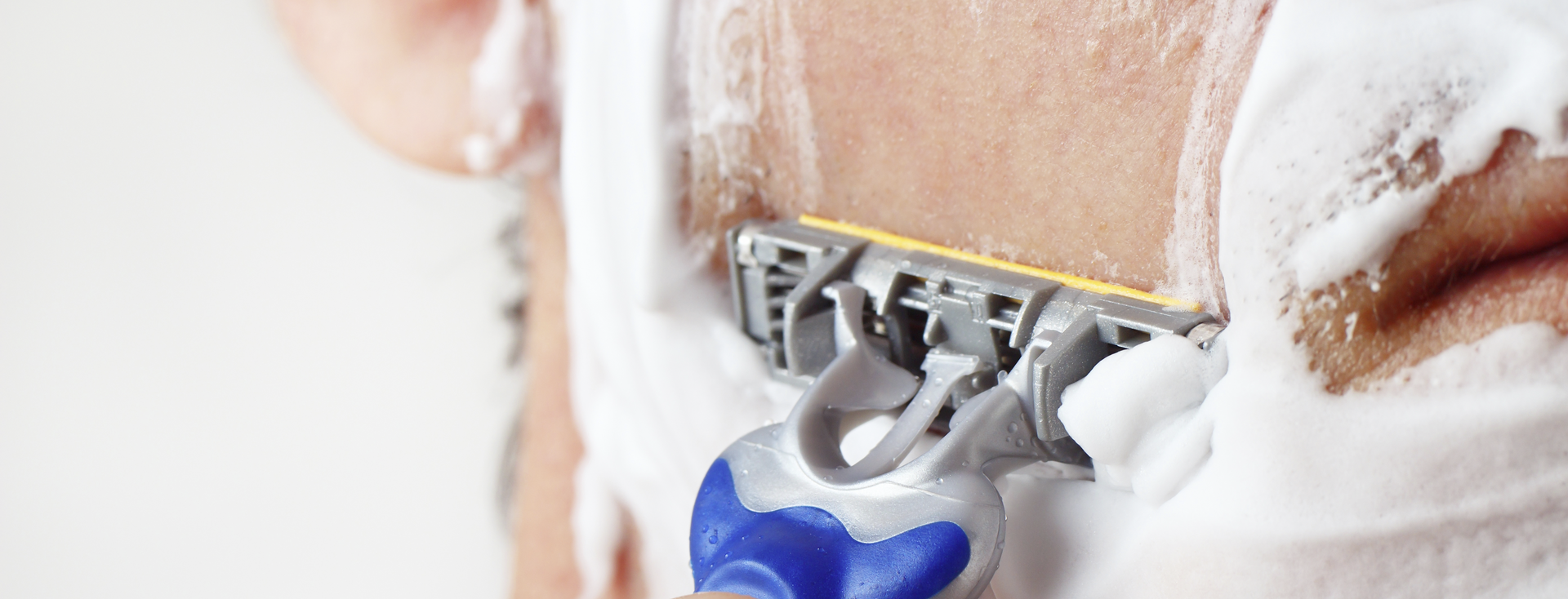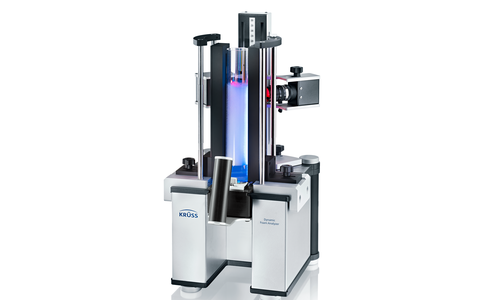
Foam formation
Foam analysis methods for foam-producing liquids
Foam is a welcomed companion of many products; in the case of shaving foam, for example, it is the product itself. Developers and quality managers in a wide range of branches are interested in defined foam formation, stability behavior, moisture, and inner structure of foam. Our foam analysis instruments match the industrial and scientific demand for measuring methods which address foam related tasks and questions.
Foam-related product sectors
- Cleaning and washing
- Personal care
- Food and beverages
- Fire-fighting foam
- Agents for foam flotation
Foamability
The requirements concerning foamability of a liquid cover a wide range. For example, a large foam volume needs to be produced from a rather small amount of liquid when generating fire-fighting foam. In contrast, such efficient foaming is undesirable when brushing teeth. With our instruments, foam can be generated from samples in different but highly reproducible ways while continuously measuring the foam and liquid volume.
Foam stability
The desired foam stability depends widely on the kind of product, such as metastable foam for beverages, for example, as opposed to stable foam for whipped cream. Reliable foam decay data are required in order to achieve the desired degree of stability. A time-dependent foam height measurement observes how different decay processes reduce the foam volume.
Moisture and drainage of foam
The moisture of foam has an influence on how it feels to the touch or even its effect on taste. Measured liquid content data analyze this important product property. Moreover, they help describe the slow decay of seemingly stable foam, as drainage is often the first sign as the foam begins to collapse.
Foam structure
While shaving foam should consist of mostly equally sized small bubbles to assure good haptics and appearance, an ensemble of very large and very small bubbles is expected from a foam bath. This is why optical foam structure measurement, with respect to time, is the ideal analytical tool for product formulation and quality control.
Getting deep into foam
Understanding how foam formation, foam decay, and the time dependent bubble size distribution are related to each other is an important and active field in interfacial science. It is in such environment where our instruments are important tools for scientists.
Moreover, the foam properties are considered to be closely related to the viscoelastic, i.e. interfacial rheological parameters of the surfactant contained within the liquid. This completive scientific approach is accomplished by our surface rheology instruments.








